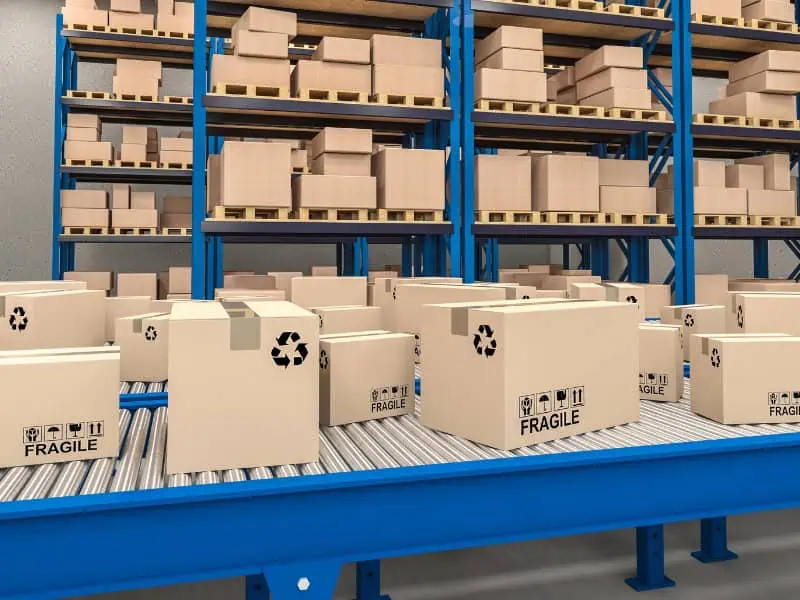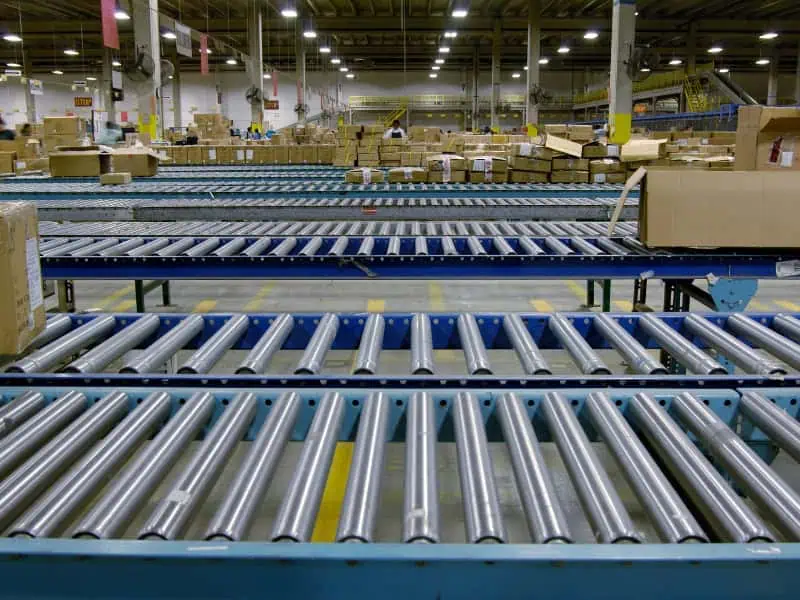A well-designed warehouse conveyor can absolutely adapt to shifting storage needs—if it’s chosen and configured with flexibility in mind. Warehouses don’t all look or run the same. Some deal with fast-moving consumer goods, while others handle fragile or bulky stock. Storage needs shift as demand rises, drops, or changes direction. That’s where a warehouse conveyor comes into play. It’s not just about moving boxes faster; it’s about adapting to fundamental changes on the floor. Think of those moments when your storage layout gets a shake-up. Maybe new products arrive. Maybe there’s a seasonal rush. Having a conveyor system that can flex with those changes can make all the difference. It keeps things flowing without needing a complete overhaul. Whether you’re working with tight corners, open racking, or frequent stock changes, conveyors can ease the load. They reduce heavy lifting, speed up order handling, and help staff work more comfortably. In this article, you’ll discover how to tailor conveyor designs to the way your warehouse operates—and how that flexibility pays off over time.
What types of warehouse conveyor systems are available for different storage layouts?
Warehouse conveyor systems aren’t limited to one design. Depending on your warehouse layout and handling needs, the system may include roller conveyors, belt conveyors, skate wheel systems, or even flexible/expandable setups. Each offers a distinct advantage when paired with the proper use case.
Here’s how these conveyor types align with various layouts:
- Belt conveyors are best suited for continuous transport across long distances or elevated sections.
- Gravity roller conveyors: Ideal for decline movement in sorting or packing areas.
- Skate wheel conveyors: Light-duty and suitable for manual, slight item movement.
- Flexible/expandable conveyors are great for mobile use during peak seasons or in mixed-use spaces.
- Powered roller conveyors: Handle heavy or automated processes with precision.
Warehouse footprints can be as unpredictable as a Melbourne forecast. That’s why modular and adaptable designs are critical — they allow you to pivot as your storage patterns change.
How do gravity roller conveyors simplify warehouse material handling?
Gravity roller conveyors are deceptively simple — yet they punch above their weight in warehouse handling. With no motors or power source, these systems rely on the natural force of gravity, often paired with a sloped design, to transport goods smoothly and efficiently. They significantly reduce the need for manual carrying and the time spent pushing trolleys or pallet jacks. That means fewer bottlenecks and fewer workplace injuries caused by overexertion. Benefits of gravity roller conveyors include:
- Low maintenance and operating costs
- Quick to install and rearrange
- Ideal for carton flow or order packing stations
- Can integrate with other conveyor types
- Customisable widths and roller pitches
For streamlined operations, warehouse conveyors are often paired with trusted solutions for conveyor rollers in warehouse operations, ensuring smooth motion and long-term durability.
Why does a warehouse conveyor improve accuracy in order fulfilment?

When order volumes rise, errors often follow — unless your process is optimised. Conveyors standardise item movement, ensuring each product moves through the same picking, checking, and packing stations. Mistakes caused by misplaced inventory, skipped checks, or rushed packing are less common when the workflow is linear and guided. In high-volume settings, that’s a game-changer. Here’s how conveyors boost accuracy:
- Defined paths reduce misroutes
- Easy integration with scanning systems
- Enable ergonomic workstations for pickers
- Minimise product damage during transport
- Reduce reliance on memory or manual lists
If you’re weighing options, consider the best Conveyor belt choice for warehouse needs to align your conveyor selection with both item type and staff workflow.
Which warehouse conveyor design is most suitable for handling bulk or fragile goods?
Not all goods are created equal. Bulky items require robust support, while fragile items necessitate gentle transitions and shock absorption. Choosing the right conveyor means considering the weight, shape, and fragility of the product. One wrong angle or poorly spaced roller can mean cracked inventory or worse — costly product loss.
Consider the following setups:
| Product Type | Recommended Conveyor | Reason |
| Bulky, heavy loads | Powered roller conveyor | Can handle weight without manual push effort |
| Fragile items | Belt conveyor with guides | Smooth transport reduces shocks |
| Mixed items | Modular gravity conveyor | Adaptable to different loads |
| Palletised stock | Chain-driven roller conveyor | Built for pallet movement |
To match real-world needs, warehouses often refer to standard roller conveyor uses in warehousing, helping them select gear that supports both product safety and handling efficiency.
When are flexible or expandable conveyors most effective in seasonal operations?
Peak periods like Christmas or EOFY demand serious agility. Flexible conveyors expand, contract, and bend to fit temporary storage setups, extending right into delivery trucks or new pick zones as needed. These units are ideal for 3PLs or businesses with fluctuating volumes. During quieter months, they’re compact and out of the way. When things ramp up? Roll them out and get moving. Situations where flexible conveyors shine:
- Overflow storage during seasonal surges
- Temporary packing or staging zones
- Adapting to last-minute layout changes
- Loading/unloading directly from delivery docks
- Sharing one unit across multiple warehouse areas
The beauty of the warehouse conveyor lies in its reduced space requirements and versatility, allowing you to have control without committing to permanent infrastructure.
How do skate wheel conveyors support smaller warehouse operations?

Not every warehouse has industrial-scale demand. Smaller facilities or satellite depots often need low-cost, mobile solutions that still improve efficiency.
Skate wheel conveyors fill that role perfectly. Lightweight, easy to reposition, and effective for small items or cartons, they help small teams accomplish more without relying on complex automation. Use a skate wheel for a warehouse conveyor for:
- In-line packing and sorting tasks
- Temporary handling during events or promotions
- Smaller SKUs and lightweight cartons
- Tight spaces or mobile setups
The bonus? These systems often serve as a stepping stone to more complex setups. They bring measurable improvements without the sticker shock — a clever investment for lean operations looking to boost output with minimal spend. Even better, incorporating them into layout changes also supports risk management in workplace operations, reducing trips, strain, and manual carrying.
Conclusion
Warehousing is never static — and neither should your systems be. A well-planned warehouse conveyor setup can flex, grow, and shift with your operations, saving you space, time, and headaches. From handling fragile items with care to scaling during seasonal peaks, conveyor systems offer clear benefits across the board. Whether you’re expanding your footprint or streamlining an existing setup, the key lies in choosing the correct configuration for your space, load types, and staff workflows. Discover what Conveying & Hoisting Solutions can offer for your warehouse and see how intelligent conveyor integration can support your evolving storage needs without unnecessary complexity.




